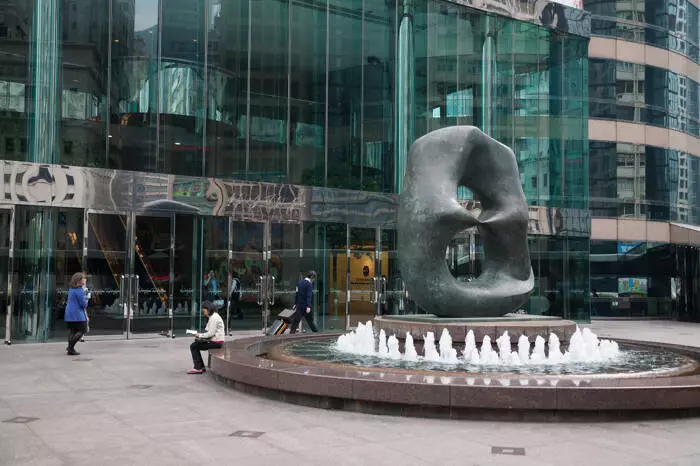The financial markets recently exhibited a notably bearish trend, particularly evident in the Hang Seng Index, which has depreciated for four consecutive weeks, marking a significant decline of 2.46%. This downward spiral has not only raised eyebrows among investors but also sparked heightened fears of a potential global recession. Such anxiety reflects the volatile economic landscape exacerbated by fluctuating market conditions, geopolitical tensions, and internal economic challenges.
Contributing to this decline is the incessant worry surrounding recovery rates and consumer demand, especially in China, where both the Hong Kong and Mainland markets were closed for the Ching Ming Festival on April 4. This brief closure seemingly provided a temporary alleviation of losses, yet it does little to dispel the pervasive concerns underlying current market trends. The Hang Seng Technologies Index mirrored this trend, descending by an alarming 3.51%. With the electric vehicle (EV) and technology sectors leading the charge into the red, it raises pivotal questions about the sustainability of these high-growth industries in times of economic uncertainty.
The Heavy Hitters in Technology and EV
The technology and EV sectors saw some of the most dramatic losses, with companies like BYD Electronic witnessing a staggering drop of 10.71%. Other industry players, including NIO and Li Auto, also recorded significant declines, reflecting investor sentiment that views these stocks as increasingly risky. Alibaba and Baidu, titans of the Chinese tech landscape, were unable to dodge the negative sentiment, each suffering over 5% loss. This is a telling sign that despite the sector’s historical growth trajectory, confidence is waning, leading to cautious stances from both individual and institutional investors alike.
As Brian Tycangco from Stansberry Research aptly notes, Chinese American Depository Receipts (ADRs) are currently “on the defensive.” The absence of trading activity in Asia due to the festival and subsequent market closures leaves investors navigating uncharted waters, particularly in light of the expectation that significant policy decisions are typically announced over weekends in China. This unpredictability can greatly impact risk sentiment, leaving market players in a state of apprehension.
Global Economic Factors at Play
On a broader scale, external influences such as U.S. tariffs, central bank policies, and global commodity price fluctuations are intensifying the uncertainties faced by investors. For instance, the commodity markets experienced severe disruptions, as evidenced by a notable downturn in gold prices, which experienced a reversal after a steadfast four-week rally. A hawkish stance from Federal Reserve Chair Powell, in conjunction with solid U.S. labor market data, triggered this shift, leaving many to wonder about the stability of commodities amidst an environment rife with tariffs and geopolitical strife.
Crude oil prices have also contributed to market anxiety, nosediving by nearly 10% due to OPEC’s plans to ramp up output amidst rising demand concerns. This dramatic shift in the energy sector highlights the intersection of global supply chains and local economic health. With the ASX 200 taking a significant hit of 3.94%, driven down by underperforming mining and tech stocks, it’s increasingly evident that industries once considered robust are now vulnerable to macroeconomic pressures.
Japanese Markets and the Ripple Effects
The woes of the Hang Seng Index resonate across borders, as seen in the Nikkei Index’s 7.30% decline, prompted by persisting uncertainties surrounding Trump-era tariffs. The relationship between these tariffs and the yen’s subsequent appreciation adds another layer of complexity, as it directly threatens the competitiveness of Japanese exports. Companies like Nissan and Honda have felt these pressures acutely, with both automakers seeing marked declines in their stock prices, illustrating the broader implications of geopolitical decisions on domestic markets.
As investors try to decipher the tumultuous signals from global markets, the focus remains on how the Chinese government will respond to these challenges. Policy announcements, tariff updates, and emerging economic data will ultimately shape the landscape moving forward. This heightened state of vigilance among investors is crucial as markets navigate through this confluence of uncertainty and volatility.
In the face of such pressing challenges, one thing appears evident: despite the turmoil, the markets possess a tenacity that cannot be overlooked. The adaptability of industries, coupled with responsive management strategies, could either herald recovery or pave the way for further losses as we measure the full impact of these unfolding economic dramas.

